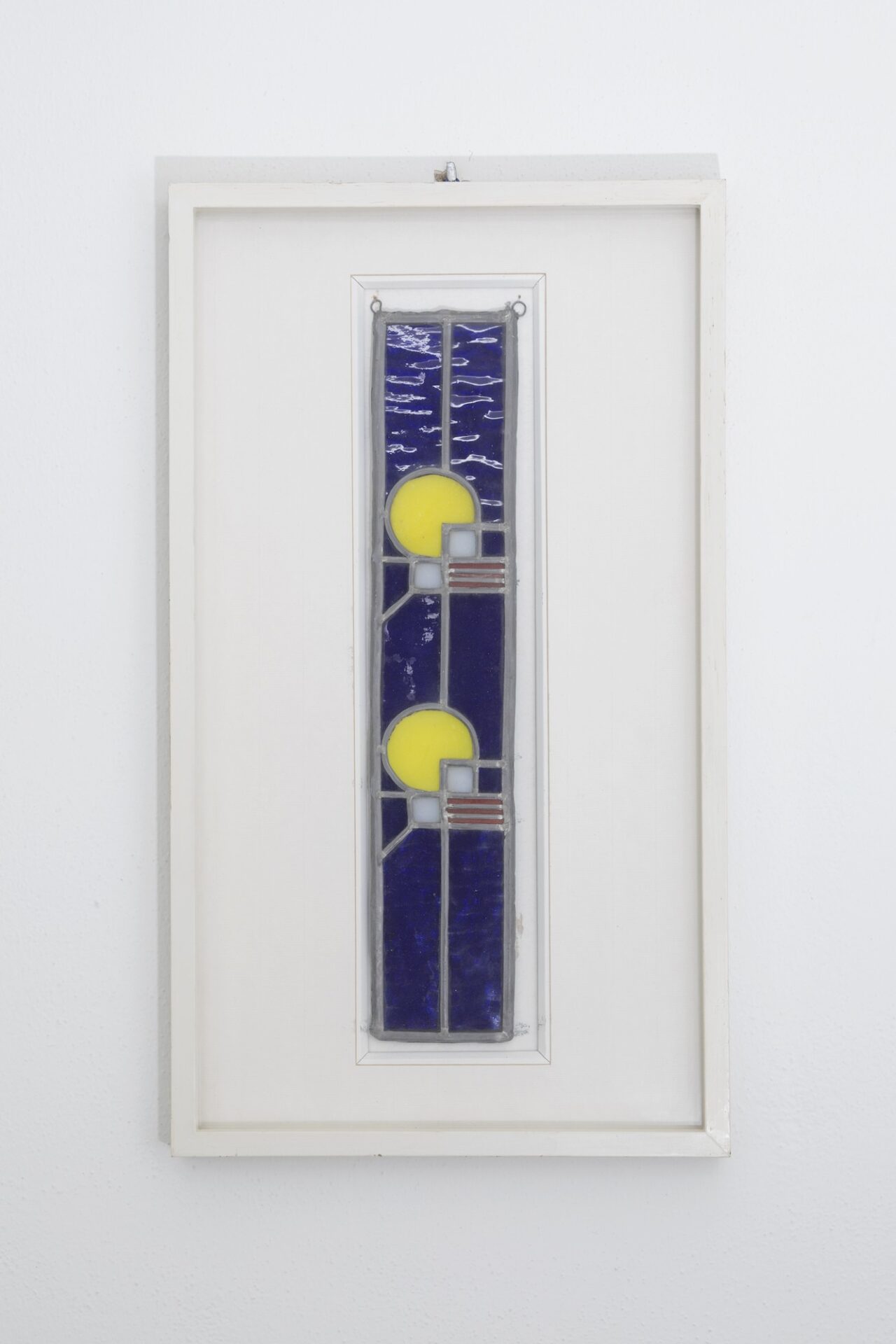In 1917, Dutch artist, writer, and architect Christian Emil Marie Küpper, under his adopted pseudonym, Theo van Doesburg, founded a journal called De Stijl, which evolved into an international movement in art, design, and architecture. As van Doesburg’s student Karl Peter Röhl wrote in the De Stijl magazine: “The colours of the theatre shine, and the manifestation of these colours is to be a banner welcoming their leader, the painter Theo van Doesburg. United, like-minded, uniting power. The spirit of the new world greets its new leader and friend.”1 In 1922, van Doesburg taught at the Weimar Bauhaus, and in 1924 the Landesmuseum of Weimar presented a solo exhibition of his works. Before his death in March 1931, van Doesburg cofounded the magazine Art Concret and the artists’ group Abstraction-Création.
Donald Judd’s interest in van Doesburg, van Doesburg’s close friend Piet Mondrian, and de Stijl more broadly is reflected both in his writings and a large number of related publications in his library. Judd wrote in his 1993 essay “Some Aspects of Color in General and Red and Black in Particular,” “Color in architecture began and ended with De Stijl. . . . Within De Stijl, van Doesburg was by far the most interested in color in architecture. He wanted a new activity, that of ‘colorist,’ to apply to architecture. . . . He was wishful, but this and others are still good ideas.”2
Judd paired this work in leaded glass with a work of the same image by van Doesburg in watercolor.
